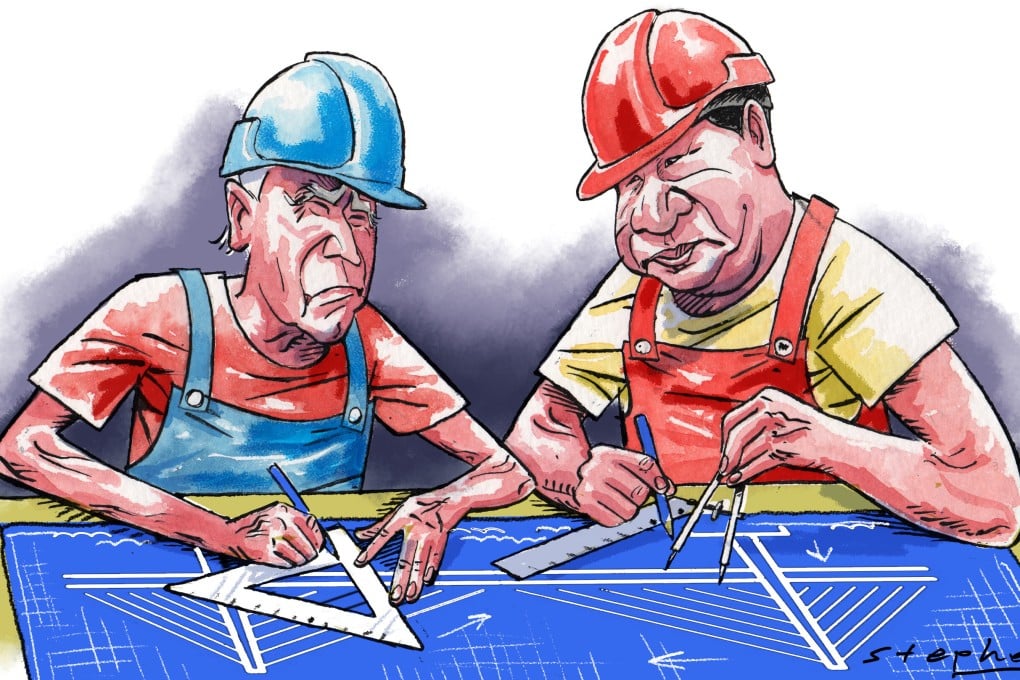Advertisement
Opinion | Seven reasons the US and China should be building more bridges not tearing them down
- With Beijing unlikely to use military force to take back Taiwan, fears of a US decline overblown and no sign of Beijing’s hegemonic ambition, China’s assertiveness is really a defensive response
- The US should ditch its policy of maximum confrontation and focus on constructive re-engagement, given the many areas of potential cooperation
Reading Time:4 minutes
Why you can trust SCMP
11

The US-China Economic and Security Review Commission’s 539-page report to Congress, released on November 17, frames the perceived “China threat” as nothing less than a global contest between democracy and authoritarianism, reminiscent of Samuel Huntington’s “clash of civilisations” thesis on post-Cold-War conflict.
Advertisement
To many China hawks, the threat is more pressing with China expected to become the world’s largest economy by the early 2030s. With midterm elections looming, President Joe Biden might be anxiously wondering how a US policy that Chinese analysts see as “maximum confrontation” can carry on without spiralling into a hot war.
Even as Biden held a virtual meeting with President Xi Jinping, next month’s virtual Summit for Democracy, a thinly-disguised US-led global anti-China coalition, and the potential boycott of the upcoming Beijing Winter Olympics, must surely be on his mind.
The obvious flash point is Taiwan, Beijing’s Rubicon. Perhaps emboldened by military assessments that Beijing still lacks the capacity to mount a cross-strait invasion, the United States has been using “salami slicing” tactics to push Taiwan’s independence, paying lip service to the one-China policy. In this US calculation, Taiwan could become an unsinkable anti-Beijing aircraft carrier.
But maximum confrontation is more an attitude than a strategy. Some clear-headed introspection is in order.
First, the US review commission’s report is apprehensive of the possibility of Beijing’s precipitous action over Taiwan, capitalising on recent nuclear missile capabilities. China has the world’s largest navy, much enhanced anti-access/area denial capacities, and state-of-the-art long-range hypersonic weaponry.

Advertisement

